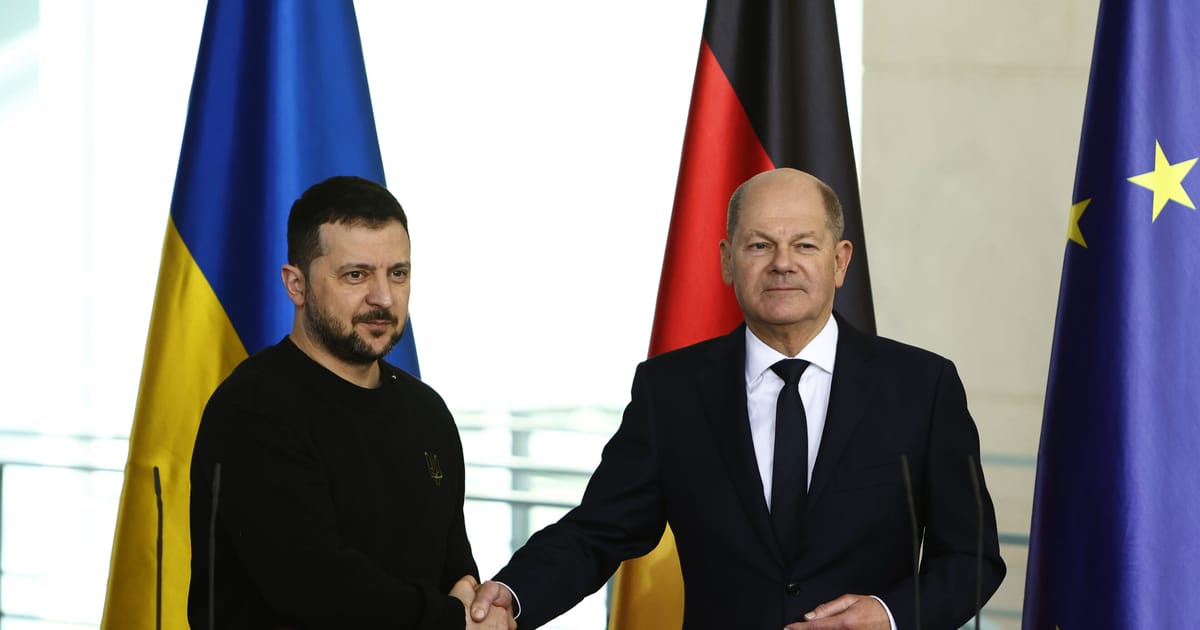As of Jan. 15, European countries have allocated €88.7 billion compared to €66.1 billion for the U.S., according to figures published to coincide with the start of the Munich Security Conference.
In military aid, the U.S. is still ahead, at €43.2 billion, just over €2 billion more than European countries. But the help from Washington is slowing: In the first half of last year, the U.S. was giving an average of €2.8 billion a month, but in the second half of 2023 it was only €470 million a month.
But that may not be enough if Donald Trump wins reelection as U.S. president in November and leaves Europe to finance Ukraine alone. Even if that doesn’t happen, the current stalemate in the U.S. Congress is putting more pressure on European countries to boost aid.
“Europe will have to at least double its current military support efforts in case there is no further support from the United States,” said Christoph Trebesch, who leads on the think tank’s database covering military, financial and humanitarian aid to Ukraine from allies — including EU countries and G7 members.
The Kiel Institute’s figures also show wild divergences among European countries.
France, with one of Europe’s largest military industrial complexes, trails far behind. The Insitute found that French commitments — aid given and promised — were €635 million, while Germany was €17.7 billion, second only to the U.S.




